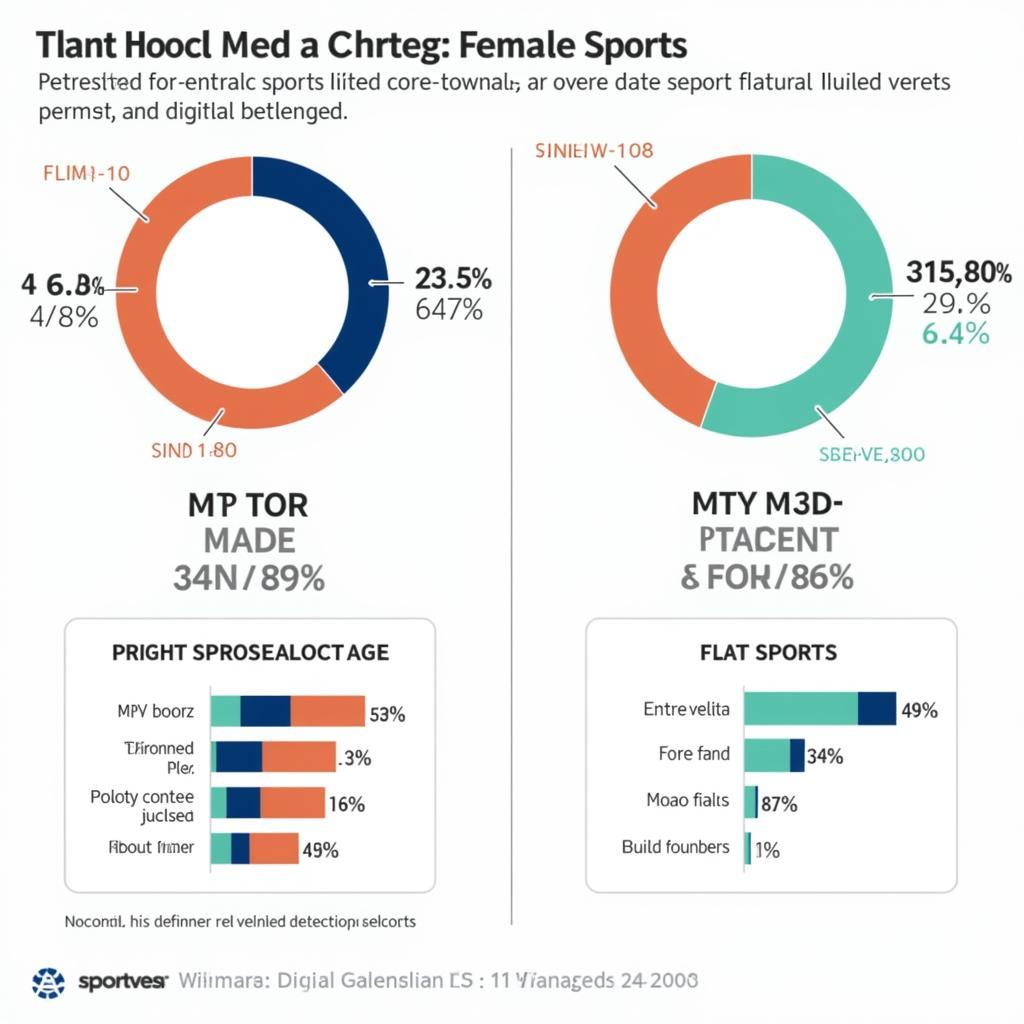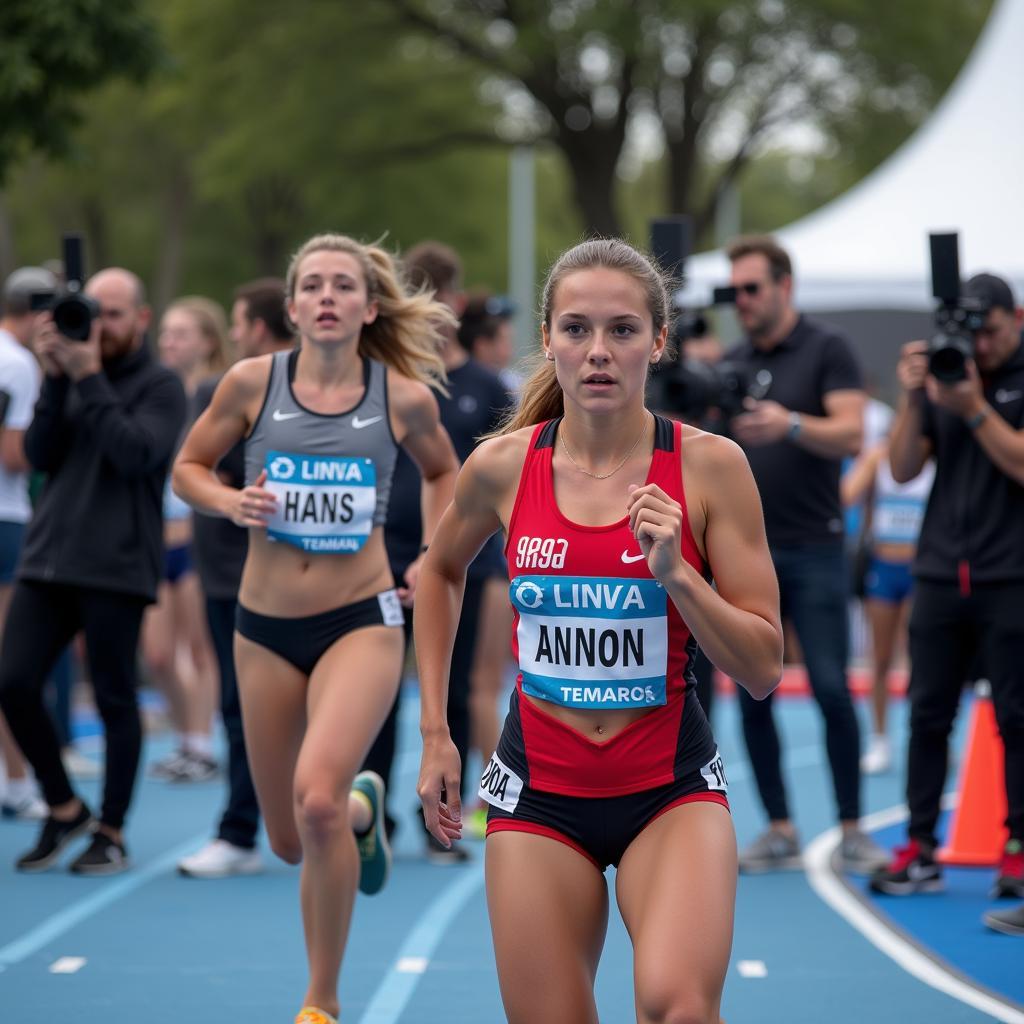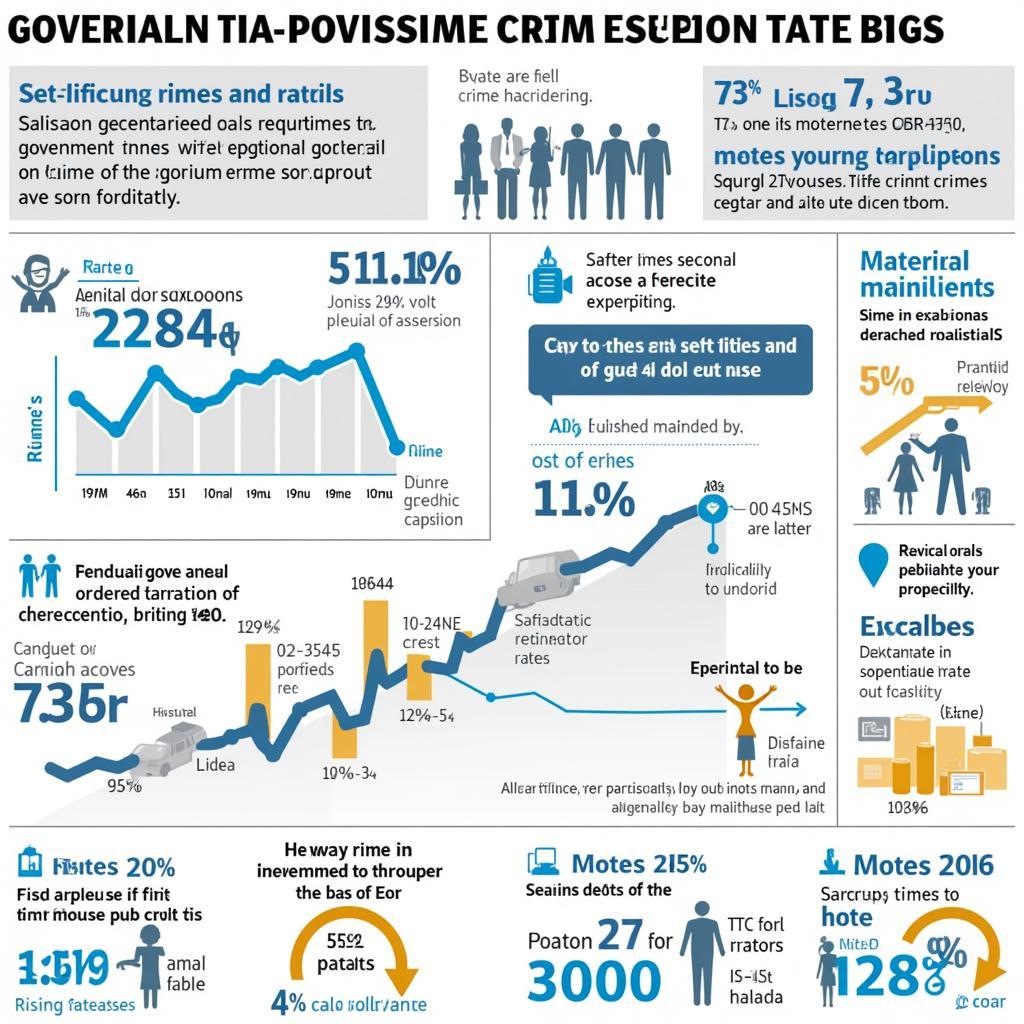Media coverage of sports has been criticized for showing gender bias, with female athletes receiving less attention and different treatment compared to their male counterparts. This topic frequently appears in IELTS Writing Task 2 exams, particularly in the agree/disagree and discussion essay formats. Let’s analyze sample essays across different band scores.
Nội dung bài viết
 Statistical comparison of male vs female sports coverage in mainstream media
Statistical comparison of male vs female sports coverage in mainstream media
Analysis of Sample Question
Some people believe that media coverage of sports shows gender bias, with female athletes receiving less attention than male athletes. To what extent do you agree or disagree with this statement? Give reasons for your answer and include relevant examples from your knowledge or experience.
This question requires candidates to:
- Take a clear position on gender bias in sports media
- Support arguments with specific examples
- Discuss both quantity and quality of coverage
- Consider various forms of media
- Provide balanced analysis
Band 8.5 Sample Essay
Media coverage of sports has long been criticized for its apparent gender disparity, and I strongly agree that female athletes receive disproportionately less attention compared to their male counterparts. This bias manifests in both the quantity and quality of coverage across various media platforms.
Firstly, the stark difference in airtime and print space allocated to men’s and women’s sports is evident across most mainstream media outlets. Major sporting events like football leagues and cricket tournaments dominated by male athletes receive extensive daily coverage, while equivalent women’s competitions often struggle to secure even minimal media attention. For instance, the FIFA Men’s World Cup consistently generates months of continuous coverage, while the Women’s World Cup, despite featuring equally skilled athletes, receives significantly less media focus.
Furthermore, the quality and tone of coverage differs substantially between male and female athletes. Media reports about female athletes often emphasize non-sporting aspects such as their appearance or personal lives, rather than focusing on their athletic achievements and technical skills. This approach undermines their sporting credentials and perpetuates gender stereotypes. Additionally, commentary during women’s sports events frequently includes comparisons to male athletes or male-dominated sports, rather than evaluating female athletes on their own merits.
However, recent years have shown promising developments in addressing this imbalance. Digital platforms and social media have created alternative channels for promoting women’s sports, allowing female athletes to build direct connections with fans and showcase their achievements independently of traditional media gatekeepers. Moreover, increasing pressure from advocacy groups and changing social attitudes have prompted some media organizations to adopt more equitable coverage policies.
In conclusion, while gender bias in sports media remains a significant issue, growing awareness and technological advances are gradually helping to level the playing field. Nevertheless, continued effort is required from media organizations to ensure fair and balanced coverage of all athletes, regardless of gender.
 Professional female athletes competing in high-level sports with media presence
Professional female athletes competing in high-level sports with media presence
Band 6.5 Sample Essay
I agree that there is gender bias in sports media coverage. Female athletes get less attention than male athletes in many ways.
The main problem is that women’s sports don’t get enough coverage on TV and in newspapers. When we look at sports channels, most of the time they show men’s football, cricket, and other male sports. Women’s matches are shown less often and at bad times. For example, men’s football matches are always shown in prime time, but women’s matches are shown very late at night or not at all.
Also, the way female athletes are talked about is different from male athletes. Many times, reporters talk about how female athletes look or what they wear instead of their sports skills. This is not fair because female athletes work very hard just like male athletes. In men’s sports, the focus is usually on their performance and achievements.
But things are getting better slowly. Some TV channels are now showing more women’s sports than before. Social media is also helping female athletes to become more popular. Many people are now watching women’s sports on YouTube and Instagram.
To make things better, media companies should give equal time to men’s and women’s sports. They should also focus on sports skills rather than appearance when talking about female athletes. This will help make sports fairer for everyone.
Analysis of Band Scores
Band 8.5 Essay Features:
- Complex sentence structures
- Sophisticated vocabulary
- Clear organization with cohesive devices
- Balanced arguments with specific examples
- Critical analysis of multiple aspects
- Professional academic tone
Band 6.5 Essay Features:
- Simple but clear sentence structures
- Basic vocabulary with some repetition
- Basic organization
- Limited range of examples
- Simpler analysis
- More informal tone
Key Vocabulary
- disparity (n) /dɪˈspærəti/ – a lack of equality between groups
- disproportionately (adv) /ˌdɪsprəˈpɔːʃənətli/ – in a way that is too large or too small in comparison
- perpetuate (v) /pəˈpetʃueɪt/ – to make something continue indefinitely
- scrutiny (n) /ˈskruːtəni/ – careful examination
- equitable (adj) /ˈekwɪtəbl/ – fair and impartial
- gatekeeper (n) /ˈɡeɪtkiːpər/ – someone who controls access to something
- advocacy (n) /ˈædvəkəsi/ – public support for a cause
- manifest (v) /ˈmænɪfest/ – to show something clearly
To practice this topic, consider writing about:
- The economic aspects of gender bias in sports
- The role of social media in changing sports coverage
- Cultural factors affecting sports media representation
- Solutions for achieving equal coverage
Share your practice essays in the comments section for feedback and discussion.


